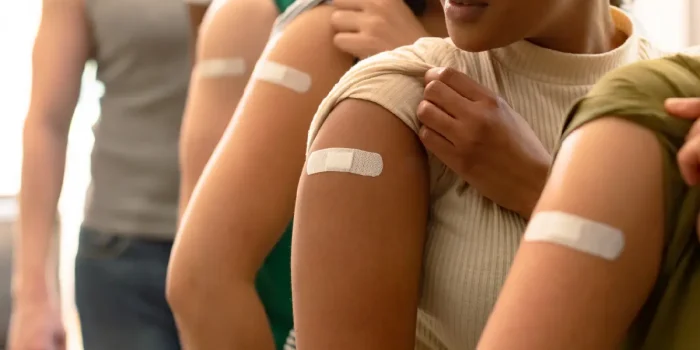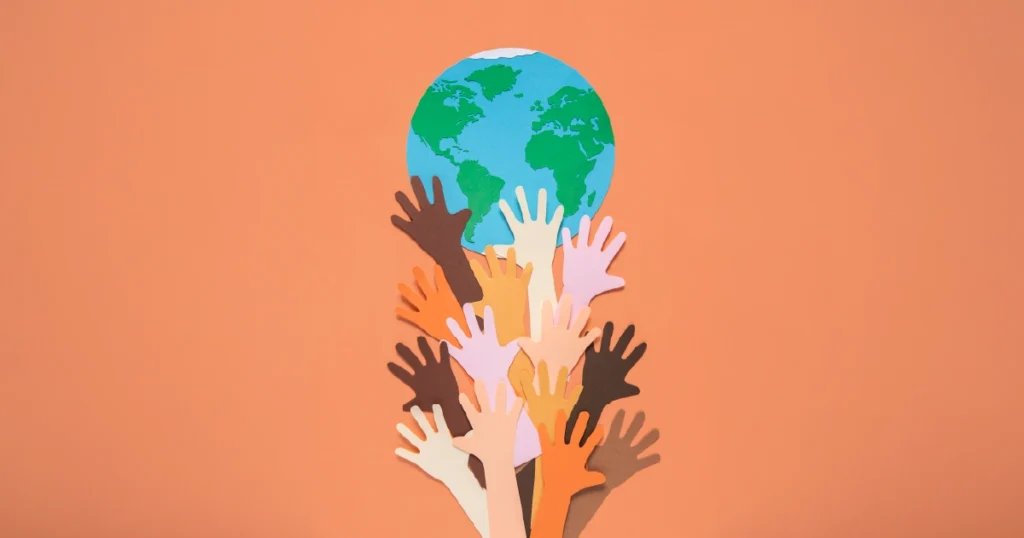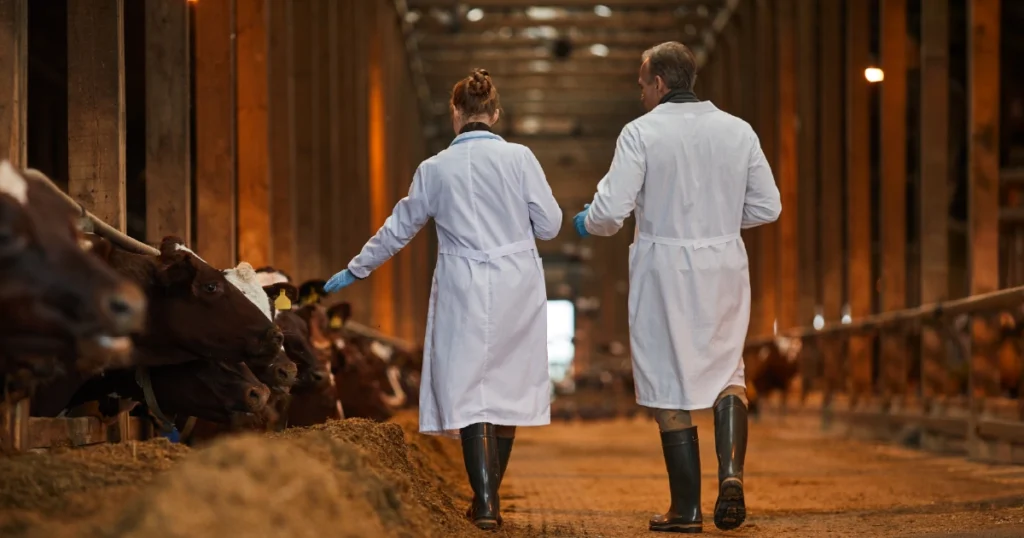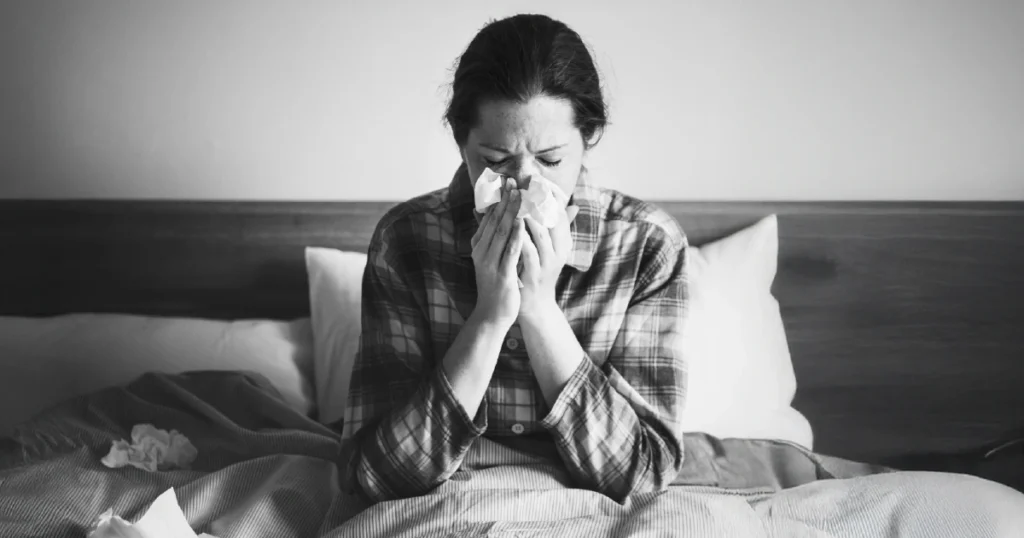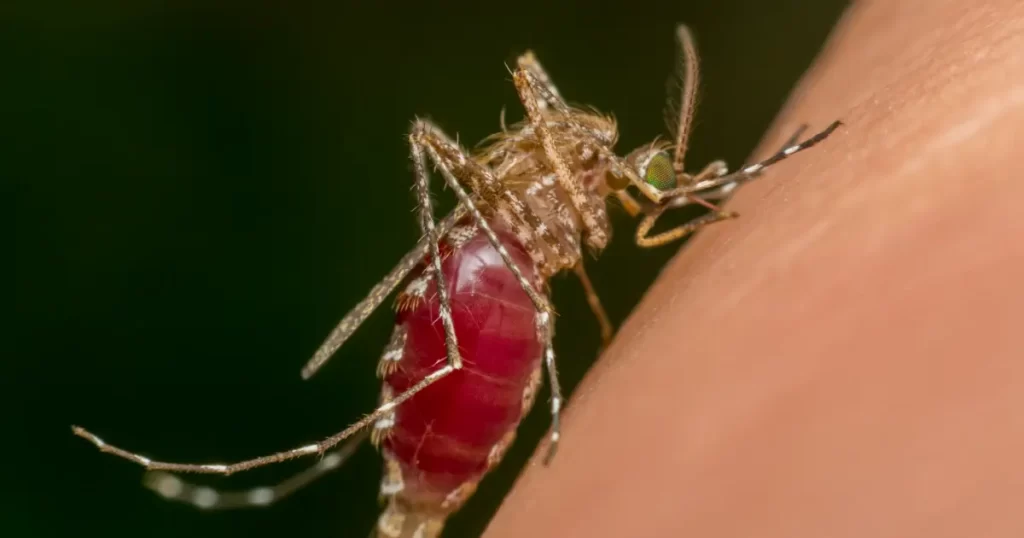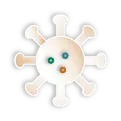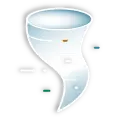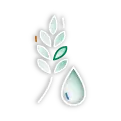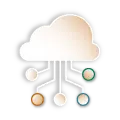Introduction
World Immunization Awareness Month is a global call to recognize the power of vaccines—not just as medical tools, but as engines of trust, equity, and public health. While vaccines have saved millions of lives, disparities in access and growing misinformation continue to threaten progress. In 2023, over 20 million children missed out on life-saving vaccines—many not because they were out of reach, but because trust in immunization had eroded. As new global health threats emerge, strengthening global vaccine equity is not just a goal—it’s a necessity.
How can we overcome mistrust, bridge systemic gaps, and ensure that every person, in every community, is protected by the promise of immunization?
Why Vaccines Still Matter
1. Saving Lives and Preventing Outbreaks
Vaccines are among public health’s most powerful tools. Smallpox has been eradicated, and deadly diseases like diphtheria, tetanus, and hepatitis B have seen dramatic reductions [1].
The World Health Organization (WHO) estimates that immunization prevents 4 to 5 million deaths each year [1].
In high-coverage communities, vaccines keep children in school, adults at work, and hospitals from being overwhelmed. But progress can unravel quickly. Measles outbreaks in the U.S., Europe, and Africa prove how even slight declines in vaccination can reignite preventable disease [2].
So, what causes global immunization gaps to persist, and how can we close them before more lives are lost?
2. Uneven Access, Unequal Outcomes
Access remains unjust. Children in rural areas, refugees, and those in conflict zones often miss routine vaccinations [2]. Fragile healthcare systems and limited outreach exacerbate these disparities.
Organizations like Gavi, the Vaccine Alliance, have helped vaccinate more than 1 billion children since 2000 [3]. Yet as pandemics, climate shocks, and political instability increase, so does the challenge of keeping immunization programs afloat.
Addressing Hesitancy to Achieve Global Vaccine Equity
Why Do People Hesitate?
What Can Be Done?
Building trust starts with listening. Community-centered education led by local healthcare workers, teachers, and elders works better than impersonal campaigns. In-person discussions, tailored messaging, and visual aids can bridge scientific facts and lived experiences [5].
World Immunization Awareness Month is an opportunity to elevate voices of trust within communities—especially where hesitancy lingers.
A One Health Approach to Vaccine Planning
The One Health framework sees human, animal, and environmental health as deeply connected. It’s particularly important for vaccine preparedness:
- Many emerging diseases (like COVID-19 and Ebola) originate in animals
- Safe vaccine disposal protects ecosystems
- Coordinated surveillance helps catch cross-species outbreaks early
By integrating environmental monitoring with public health strategy, we improve resilience against outbreaks that begin in fragile ecosystems.
Who Needs Vaccines Most?
Though everyone benefits, some groups face heightened risk from vaccine-preventable illnesses [1]:
- Infants and children under 5
- Pregnant individuals
- Elderly people with weakened immunity
- Healthcare workers on the frontlines
- Displaced or impoverished populations
Tailored outreach and equitable distribution are essential to reach these communities—especially during crises.
Building Resilient Systems for Vaccine Delivery
1. Mobile and Community-Based Clinics
Taking vaccines to people—in schools, markets, and homes—eliminates barriers like cost and travel [3].
2. Digital Health Solutions
SMS reminders, mobile health apps, and digital records improve scheduling, dose tracking, and real-time monitoring [4].
3. Empowering Local Health Workers
Investing in the people who know their communities builds long-term trust and ensures consistent care [5].
Conclusion
World Immunization Awareness Month is more than a calendar event—it’s a global call to action. Vaccines aren’t just needles and schedules; they represent justice, protection, and the right to a healthy life.
To achieve global vaccine equity, we must dismantle barriers, counter misinformation, and act through the lens of One Health. In doing so, we protect more than individuals—we protect the future.
References
- World Health Organization (2024). Immunization coverage – fact sheet. Geneva: WHO. Available at: https://www.who.int/news-room/fact-sheets/detail/immunization-coverage (Accessed: 14 July 2025).
- UNICEF (2024). Global childhood immunization levels stalled in 2023, leaving many without life-saving protection. New York: UNICEF. Available at: https://www.who.int/news/item/15-07-2024-global-childhood-immunization-levels-stalled-in-2023-leaving-many-without-life-saving-protection (Accessed: 14 July 2025).
- Gavi, the Vaccine Alliance (2025). The equity goal (Phase 5 strategy, 2021–2025). Geneva: Gavi. Available at: https://www.gavi.org/our-alliance/strategy/phase-5-2021-2025/equity-goal (Accessed: 14 July 2025).
- MacDonald, N.E. (2015). Vaccine hesitancy: Definition, scope and determinants. Vaccine, 33(34), pp.4161–4164. https://doi.org/10.1016/j.vaccine.2015.04.036
- Larson, H.J. et al. (2016). The State of Vaccine Confidence 2016: Global insights through a 67-country survey. EBioMedicine, 12, pp.295–301. https://doi.org/10.1016/j.ebiom.2016.08.042

